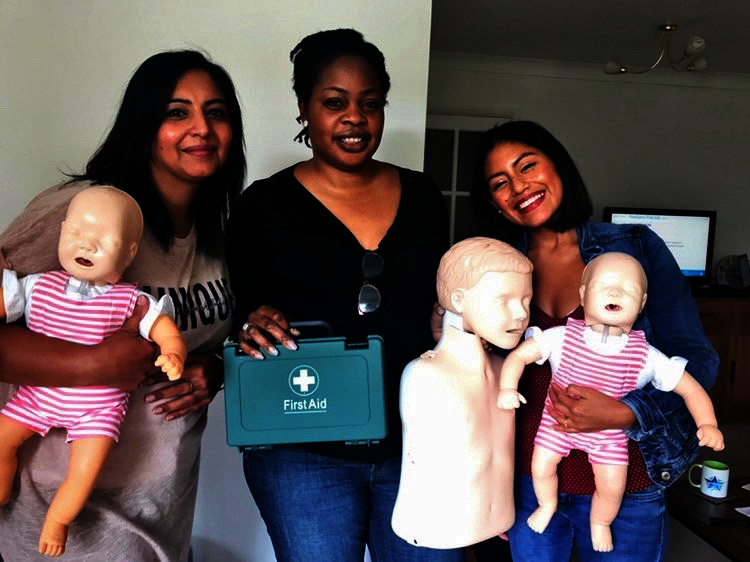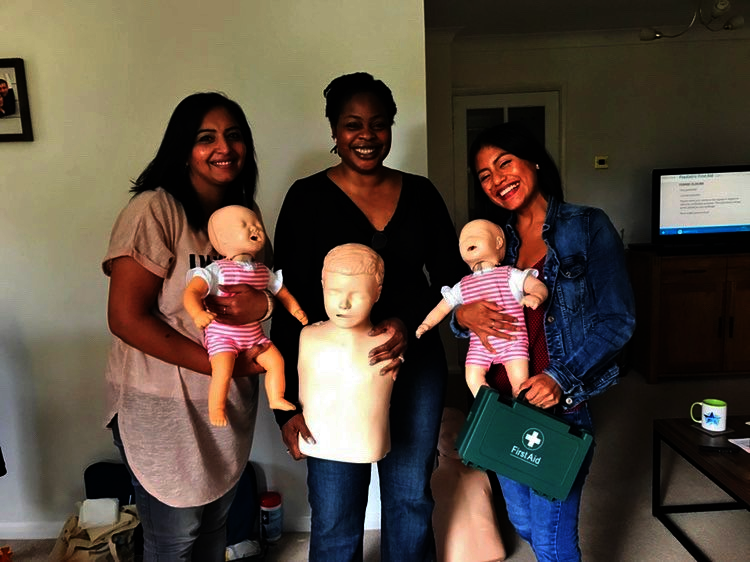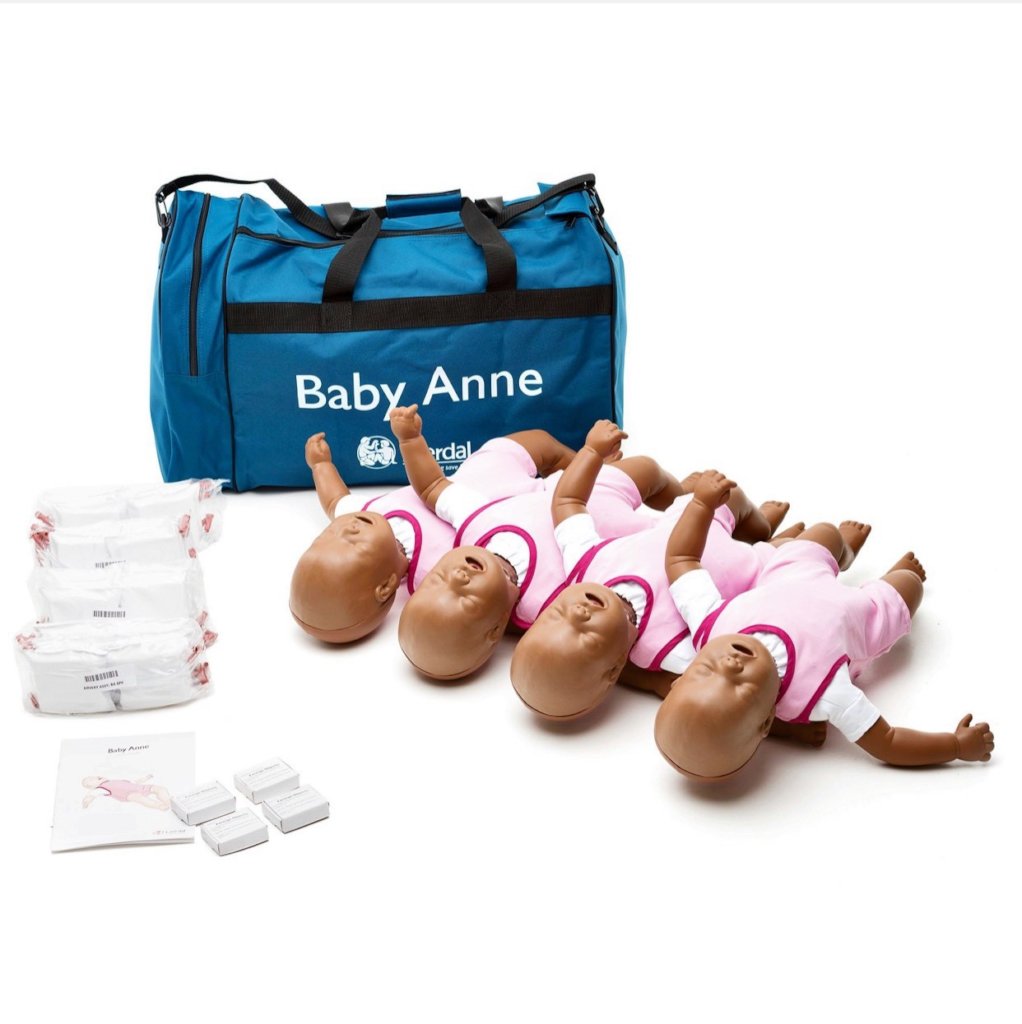By Nnenna Okoturo | Director
We are almost ready for our first Children's Wellness event, this October! Finally with all the odds, we completed the Paediatric 1st Aid training! We will start with educating people on how to save lives…
We will deliver this training to at least 20 primary schools in the local area - each school is expected to provide representatives which will be a mixture of Teachers and primary school children. Including our partner orphanages, Special needs homes and parents. We are engaging the local governement to ensure we comply to local laws and regulations.
This Paediatric First Aid course has been designed by a qualified first-aider to help parents, carers, teachers, and anyone else who lives or works with children, learn the basics of first aid so that they can react appropriately in an emergency situation. Children can be taught as well! Children are great at remember things!
The course covers how to identify and respond to incidents, including how to treat minor injuries, put a child or infant in the recovery position and administer CPR to a child or infant casualty.
The Primary Survey
This outlines why knowledge of first aid is so important, details the essential items for a first aid kit, and explains the steps of the primary survey
• The aim of first aid
• Your first aid box
• The primary survey: danger, response, airway and breathing
The Secondary Survey
This outlines how to put children and infant casualties into the recovery position.
• Steps of the secondary survey
• When to go to the hospital
• The recovery position
• The recovery position for infants • Unconscious casualties
• Choking
• Wounds and bleeding • Shock
Treating Secondary Injuries
This section helps learners understand how to deal with burns, broken bones and head and eye injuries.
• Burns and scalds
• Eye injuries
• Head injuries
• Fractures and broken bones • Spinal injuries
Resuscitation (CPR) for Children and Infants
This module teaches how to administer CPR chest compressions and rescue breaths to both child and infant casualties. The module also explains the benefits of AEDs.
• Administering CPR to children • Administering CPR to infants • Stopping CPR
• Defibrillators (AEDs)
• Extra things to consider
Secondary Illnesses and Conditions
This module details some of the illnesses and conditions that children may live with on a daily basis, such as diabetes and allergies, and explains how to recognise the symptoms and respond in an emergency situation.
• Asthma
• Allergic reactions and anaphylaxis • Bites and stings
• Diabetes
• Epilepsy
• High temperatures
• Hyperventilation
• Electric shock
Further Secondary Illnesses and Conditions
This section looks at some more common conditions, as well as a few rare illnesses, and helps learners understand how to recognise and respond to them.
• Sickle cell
• Meningitis and septicaemia • Sepsis
• Croup
• Nosebleeds
• Sprains and strains
• Poisoning
• Smoke inhalation
• Hypothermia
• Drowning
Our aim is to phase this training so we can provide vital educative information to as many people as we can. We are already spending funds to obtain all the training items we need. Training will be delivered for free to our local partners and community schools. Private schools and secondary will have to pay a fee to cover expenses and go towards building the temporary Children's Wellness Center.
Project reports on GlobalGiving are posted directly to globalgiving.org by Project Leaders as they are completed, generally every 3-4 months. To protect the integrity of these documents, GlobalGiving does not alter them; therefore you may find some language or formatting issues.
If you donate to this project or have donated to this project, you can receive an email when this project posts a report. You can also subscribe for reports without donating.



